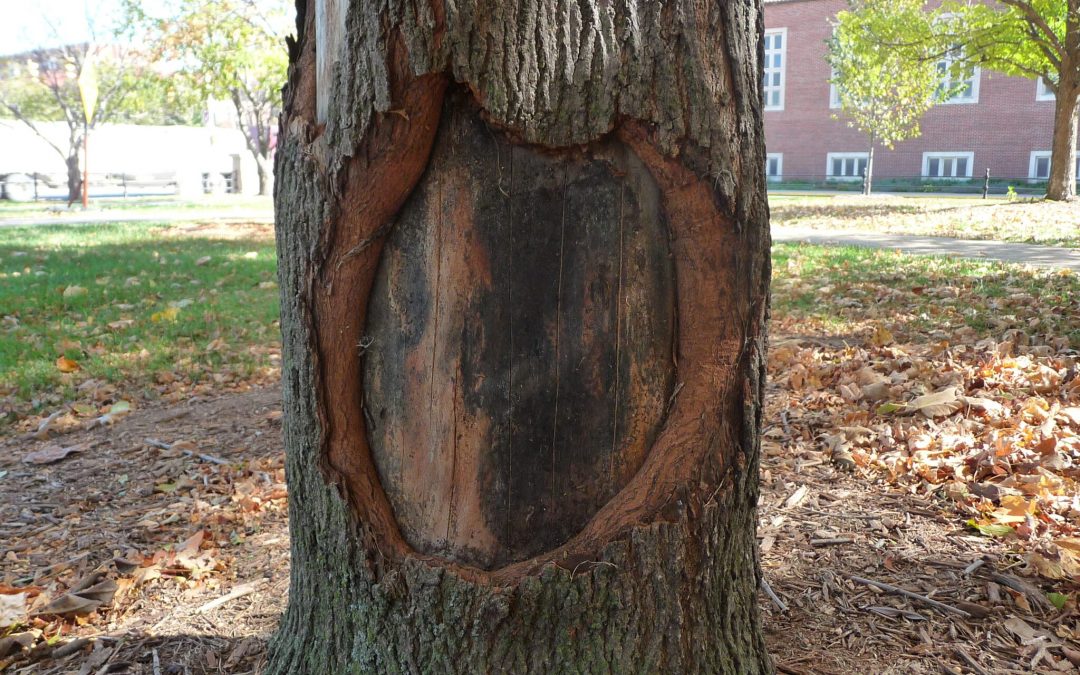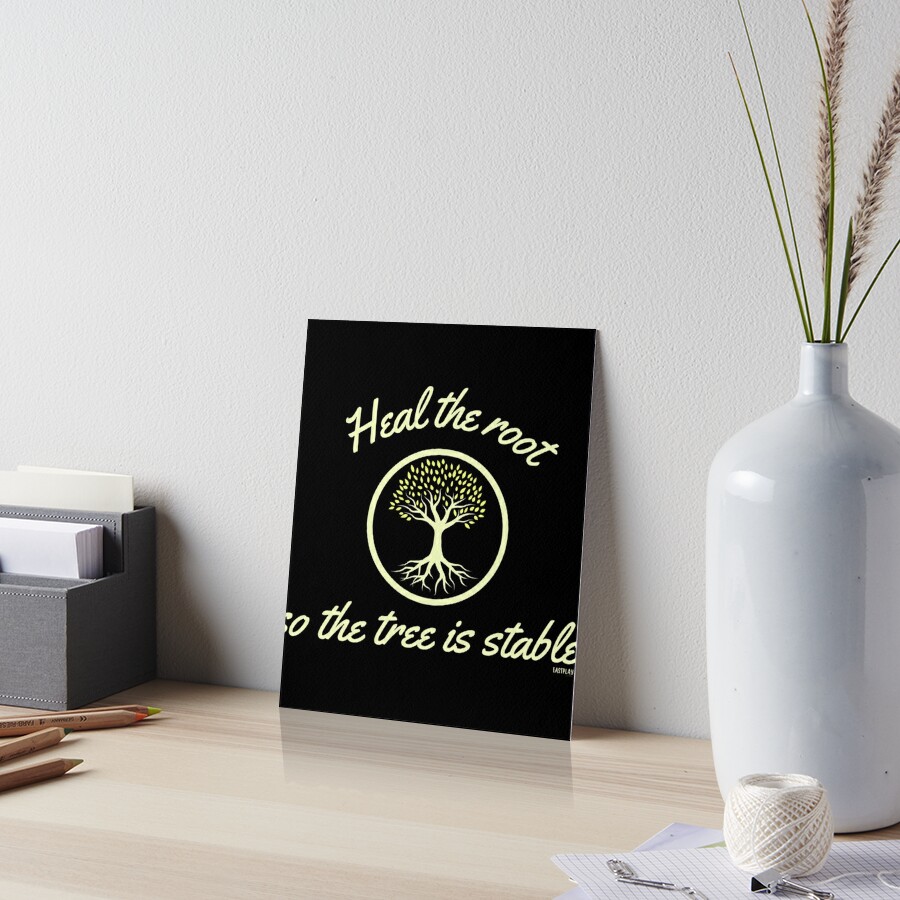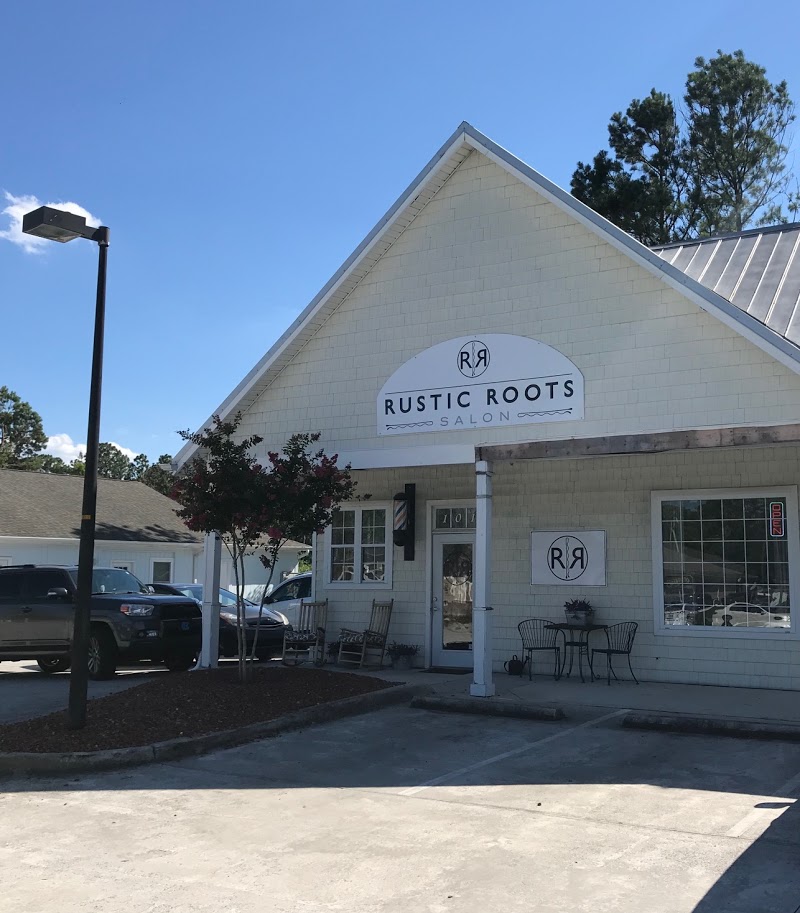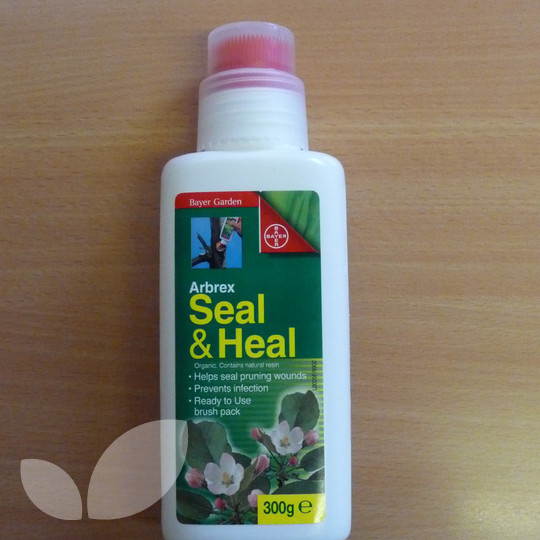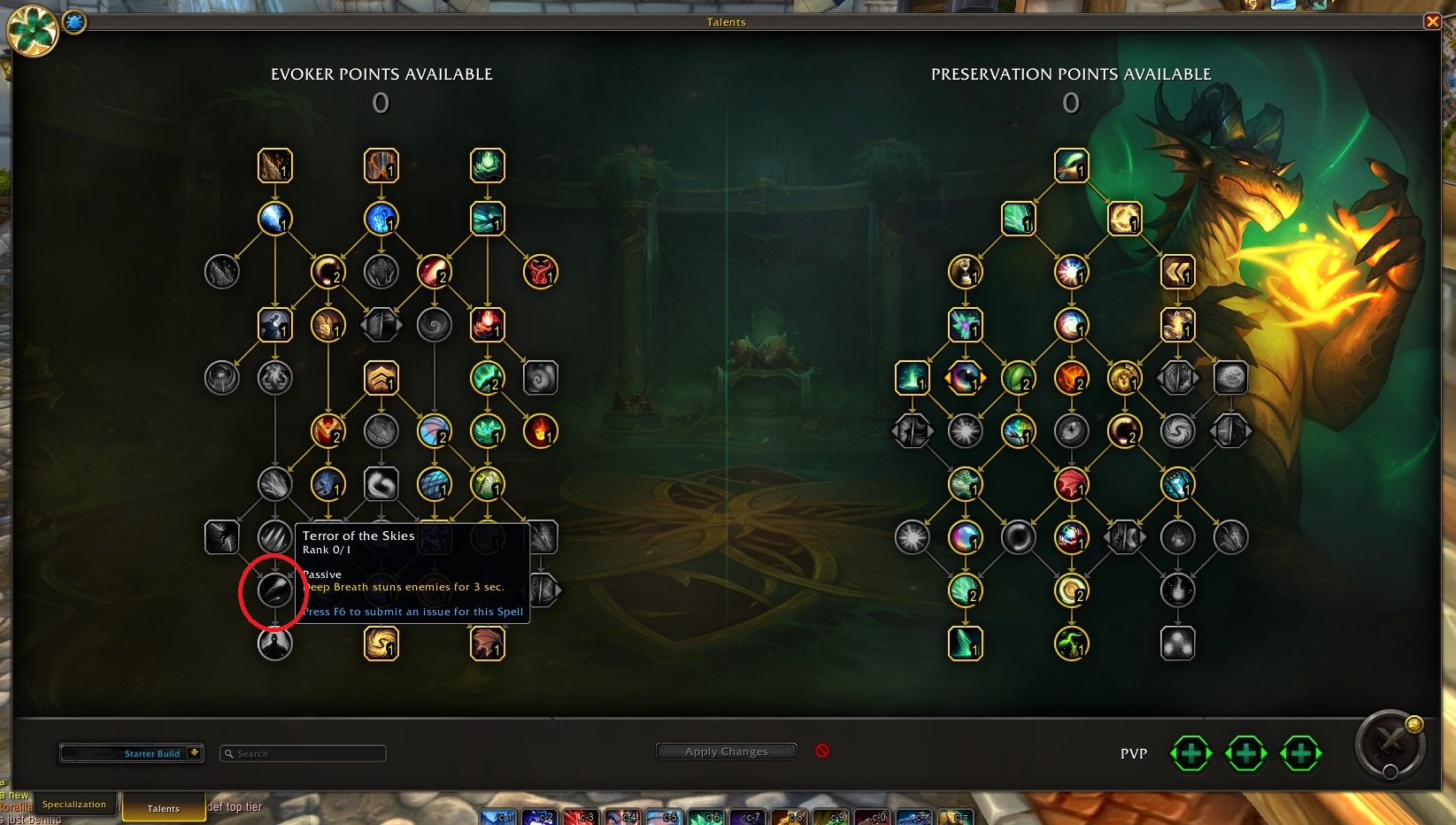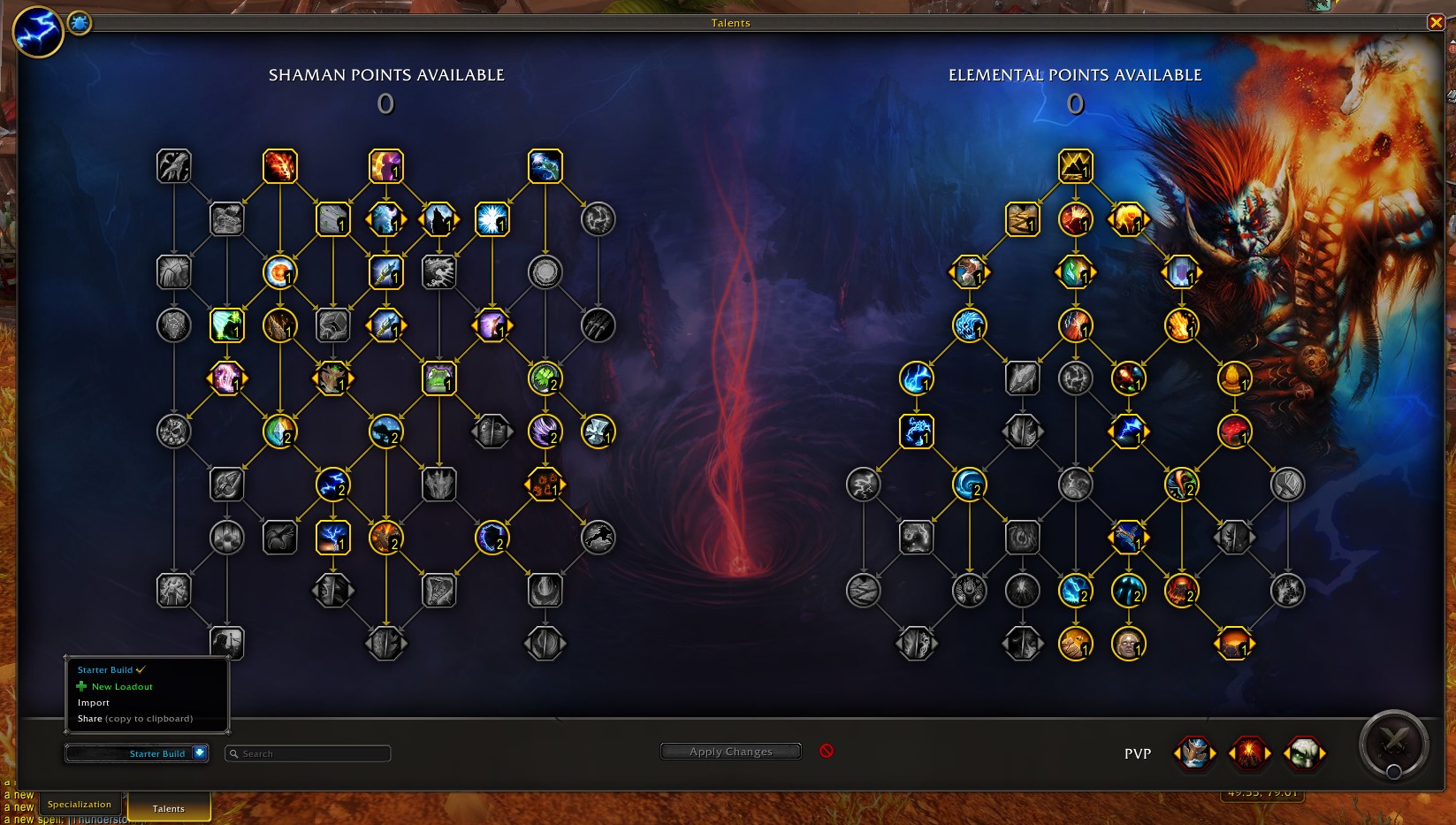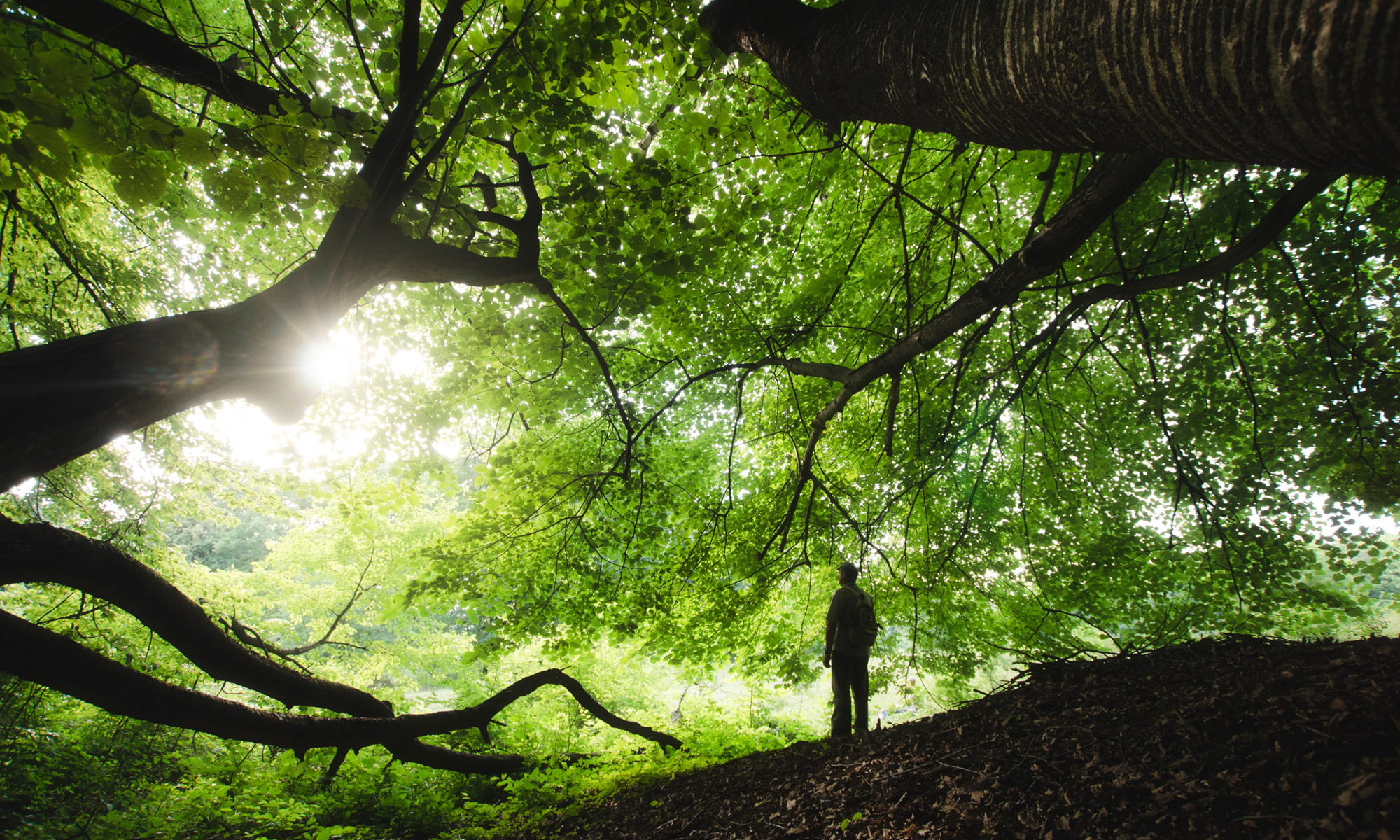Simple Tips About How To Heal A Tree

A healthy tree will seal wounds faster and the same for younger trees as well.
How to heal a tree. This naturally occurring tree wound repair process is compartmentalization. Trees have developed effective healing methods, so in most cases, it is best to let wounds heal on their own. Urban and suburban trees are more likely to have wounds and decay than trees in native stands because people cause most wounds.
Fda approves a drug to treat severe food allergies, including milk, eggs and nuts. First, it seals off the wound by producing a protective callus or barrier, preventin. Still, when a tree trunk.
New wood grows around the wound, creating a protective layer to prevent pests and diseases from getting into the newly formed tissue. Cut a thin portion of 1/2 inches from the limb stub so the surface will be smooth (the remaining area where the limb. About 4.6 million adults in the u.s.
Pruning a broken branch back to a better place is usually the recommended method of helping the tree to heal its wound. Draw your elbows back to allow your chest to expand, take a deep inhale through your nose for five seconds, hold for three seconds, then slowly release through your mouth! A healthy tree will seal wounds faster and the same for younger trees as well.
Prune using the correct methods at the correct time of year (see above) and, if ever in doubt, always consult a qualified tree surgeon. Try to form the clean wound into an oval shape. These wounds are usually unintentional, such as automobiles, construction equipment, or lawn mowers bumping the tree trunk or surface roots, or improper pruning.
Most trees and shrubs will recover from such trauma, sending up new sprouts in the spring to replace missing limbs. There are many types of wounds on trunks and most will heal on their own. How to seal a cut limb on a tree remove all jagged edges from the area where the tree limb was cut off.
Can your tree be saved Cut broken limbs with ragged ends below the point of injury. When a tree sustains an injury, whether it be from a storm, disease, or an external impact, it immediately begins the healing process.
There also are ways to help protect trees from the weather. Prevention is by far the best cure when it comes to tree wounds. Treat your tree to avoid insect infestations (they can carry disease to your tree) use a commercial or natural fungicide occasionally to prevent infection;
When a tree is wounded, the injury does not heal exactly as before. Current treatment requires strict avoidance of the food(s) the patient is allergic to, and prompt administration of epinephrine to treat anaphylaxis. Although the optimal time for pruning varies by region and tree species, the best time to prune many trees is when rates of growth, and therefore callus formation, are the greatest.
Do not inject water deep into the soil. To compartmentalize the wound, the tree will cover the wound with wound wood, sometimes referred to as a callus, as a boundary between the injured and healthy tissue. Focus on deeper watering by leaving a hose running at a slow drip around the tree’s roots.
